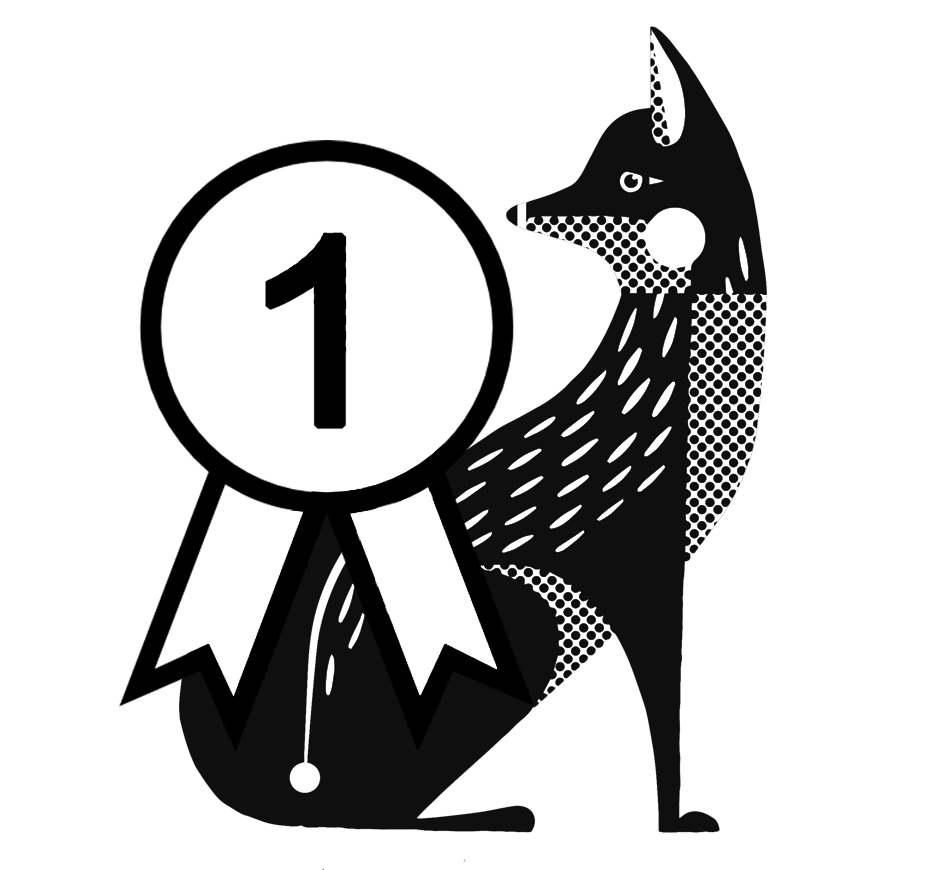It’s no secret that that the natural world is struggling. According to the latest State of Nature report, 16% of UK wildlife is under threat of extinction. There are all sorts of ideas for reversing this trend, and one we love is also one of the simplest: give nature some space back and then let it do what it does best.
What is rewilding?
Rewilding aims to increase biodiversity in areas where humans have been busy reducing it. It does this by letting the natural world do its thing. Nature’s been creating and refining its processes for a few (hundred million/billion) years, so it knows a thing or two about making an ecosystem flourish.
Need to rejuvenate some soil that’s seen too much farming? Send in the pigs to snuffle about and forage, breaking up the ground in the process. Want to make sure they don’t overgraze? Release the territorial ponies, who’ll ‘encourage’ them to move to a new location.
Also want to see the process acted out in an easy-to-understand way? We’ve got you covered.
A dramatisation
Humanity: Hey, this area’s been over-farmed and nothing’s growing here! Let’s grab our machines and expend carbon dioxide trying to fix it.
Nature, flexing its flowery green fingers: Hold my spring water.
What are the benefits?
Rewilding has more benefits than we’ve had hot meals – and we love a good hot meal. Shove a few beavers in the right section of riverbank and they’ll make natural flood defences.
Trees are good at reducing flooding too. They suck up rainwater and just get in the way of a downpour, thus slowing it down. They also let animals live in them rent free. Replenishing their numbers in deforested areas makes a lot of sense.
How much sense? Six megatons, according to our scales.
Where do birds fit in?
Birds often feature across the food chain in a diverse ecosystem, and they all play important roles. Apex predators like eagles prevent their prey from overpopulating and thus overgrazing; smaller birds spread seeds far and wide and help keep insect populations in check.
Jays are great at this, for instance. (Possibly not your mate Jay, but he might go around throwing seeds all over the place too. Good on him if he does this responsibly!) Some see them as pests, but BBC Countryfile’s gone as far as to call them ‘colourful bird[s] and prolific tree planter[s]’.
Birdies also like to sing! Humans like music, but apparently plants do too. (There’s been research and everything.) We love the idea of the foliage giving our feathered friends places to live and then being helped to grow with a nice singsong in return.
Basically, an area with a healthy bird population is probably doing pretty well for itself in terms of being all naturey.
Rewilding success stories
There are brilliant conservation efforts going on up and down the UK, and many of them put nature in the purely figurative driving seat. Here are just a few of them.
Watercress farm
This is just across the road from (and maintained by) the Belmont Estate, just outside of Bristol. Local to us; yay! Belmont’s owners purchased the area in 2019 and set about giving nature a space to thrive.
Allowing pigs and ponies to graze has already led to a dramatic increase in all sorts of both plant and animal biodiversity. According to Bristol 24/7, a rise in the number of anthills has led to a big increase in green woodpeckers returning to the area.
Want to learn more about their efforts? Click here.
Dundreggan Estate
You can find this wildlife haven just a bit (OK, a lot) further north, a few miles away from Loch Ness in Scotland. The area’s owned by Trees for Life, which isn’t a bad name for an organisation focused on conservation!
The charity has been managing the area since 2008, and they’ve seen plenty of success. In 2023 they kicked things up a notch and opened the Dundreggan Rewilding Centre, the first visitor-focused attraction of its kind in the world.
Our favourite of their successes is the return of golden eagles to the area. These majestic birds are extinct in England and Wales and endangered in Scotland. In 2020 a breeding pair successfully reared a chick within Dundreggan’s 10,000-acre landscape for the first time in 40 years.
Knepp Estate
This is run by the Knepp Wildland Foundation, whose mission is ‘to galvanise nature recovery across Sussex and contribute to our global effort to reverse our biodiversity crisis’. They’ve created an area where nature flourishes, only a few miles away from Gatwick Airport. That’s quite the achievement.
Their wildlife successes page has separate entries for nightingales, turtle doves, owls, raptors, songbirds and various insects and plants. For example, only seven nightingale territories were recorded at Knepp in 1999. That shot up to 34 in 2012 after rewilding efforts got underway.
Finally, a form of ‘Kneppotism’ we can get behind!
Rewild your garden
If everyone in the UK stuck their gardens together, the area would be bigger than that covered by all of our nature reserves. That means that small-scale rewilding can do great things too. You might not have room to let a bunch of ponies tear up your lawn, but you can still get involved.
Level up with a long lawn
The simplest way to help is pretty easy: do nothing and let your grass grow. A bit of untidiness will give insects, birds and other animals essential natural resources such as more flowers to help them flourish. Any time is good for this, but you could start by participating in No Mow May.
Helping holes for hedgehogs
If you’re on good terms with your neighbours, how about making a hedgehog highway? This is a good way to encourage prickly residents to move in if you’ve got hold of one of our hedgehog houses.
Hedgehogs travel a surprising amount, and being able to get in and out of gardens makes life much easier for them. Adding the odd small hole at the bottom of your fences is all they need to wander more freely. (Remember those human neighbours though. Fences happen on both sides of the fence, so get permission first.)
A single scruffy section
Could you bear to put nature in charge of an unassuming corner of your garden? If so, you’ll be doing biodiversity a big favour. Let the dead branches pile up, allow the weeds to poke through and put a few haphazard rocks around. Plenty of creatures rely on these sorts of areas to forage from or even live in. (And if you’re not a fan of the creepy crawlies that will take up residence there, remember you’ll be attracting birds to come and eat them too.
Want to learn more about rewilding? Head over to https://www.rewildingbritain.org.uk/ and discover other success stories and more ideas for getting involved.
If you’re already doing things to let nature flourish by being natural, be sure to tell others about it. Share your triumphs on social media and remember to tag us so we can be thrilled about it too!



























